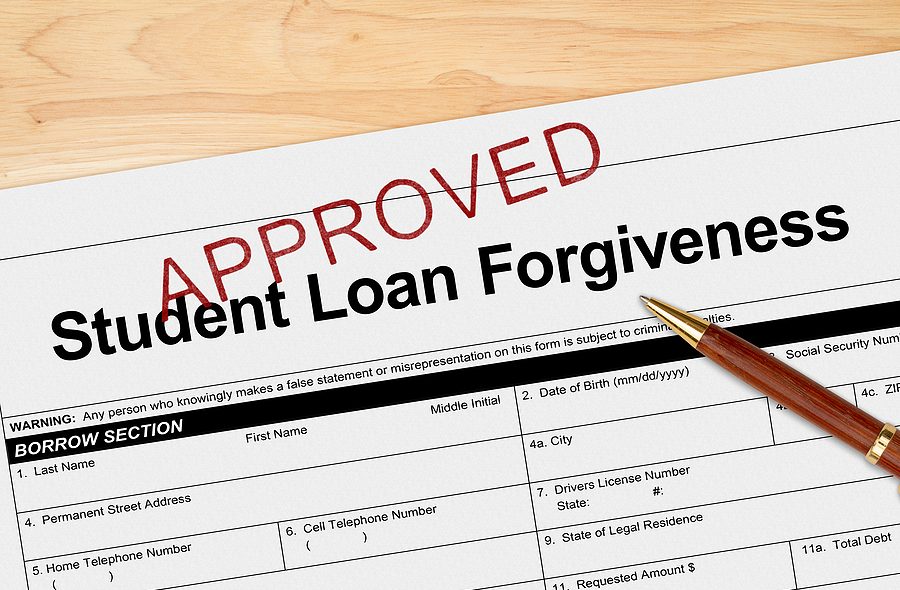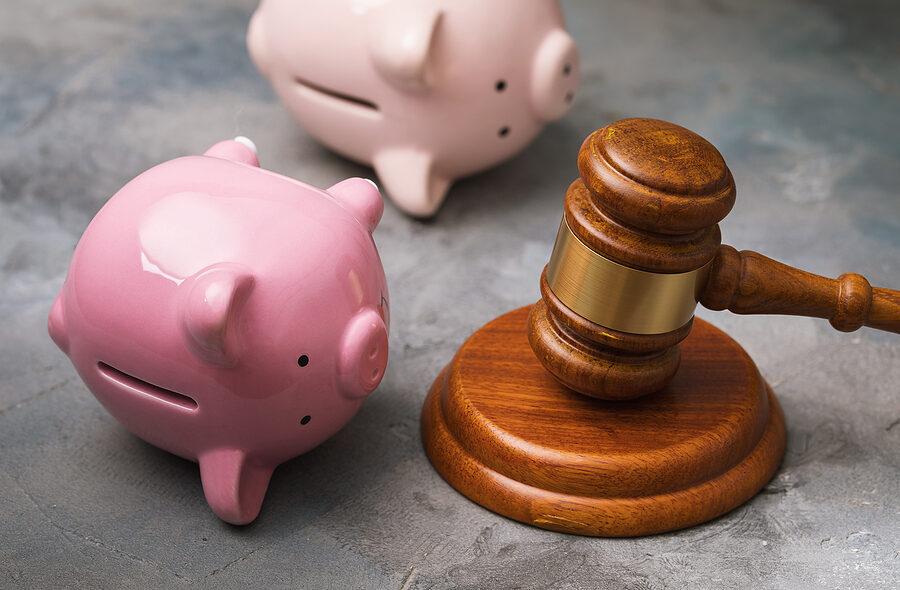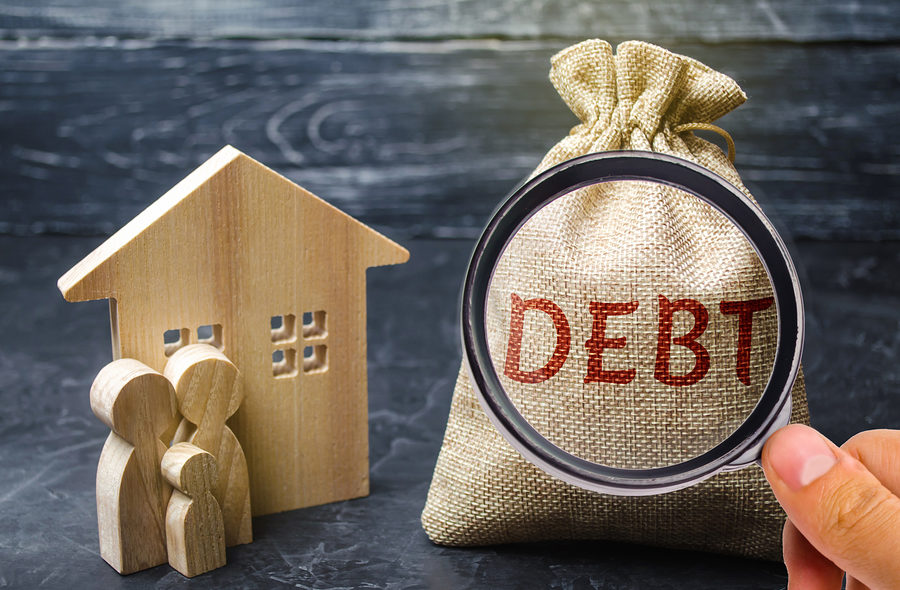MIAMI – (December 16, 2021) Managing Shareholder, Timothy S. Kingcade of the Miami-based bankruptcy law firm of Kingcade Garcia McMaken has been rated one of the Top 3 bankruptcy lawyers in Miami, FL by Three Best Rated® for 2022.
“It is an honor to have received this award,” said Timothy S. Kingcade. “It is a testament to the commitment my firm and I make every day to each and every one of our clients. We know what our clients are going through when they come into our offices, and we treat them with the upmost care and respect during their most difficult financial times.”










